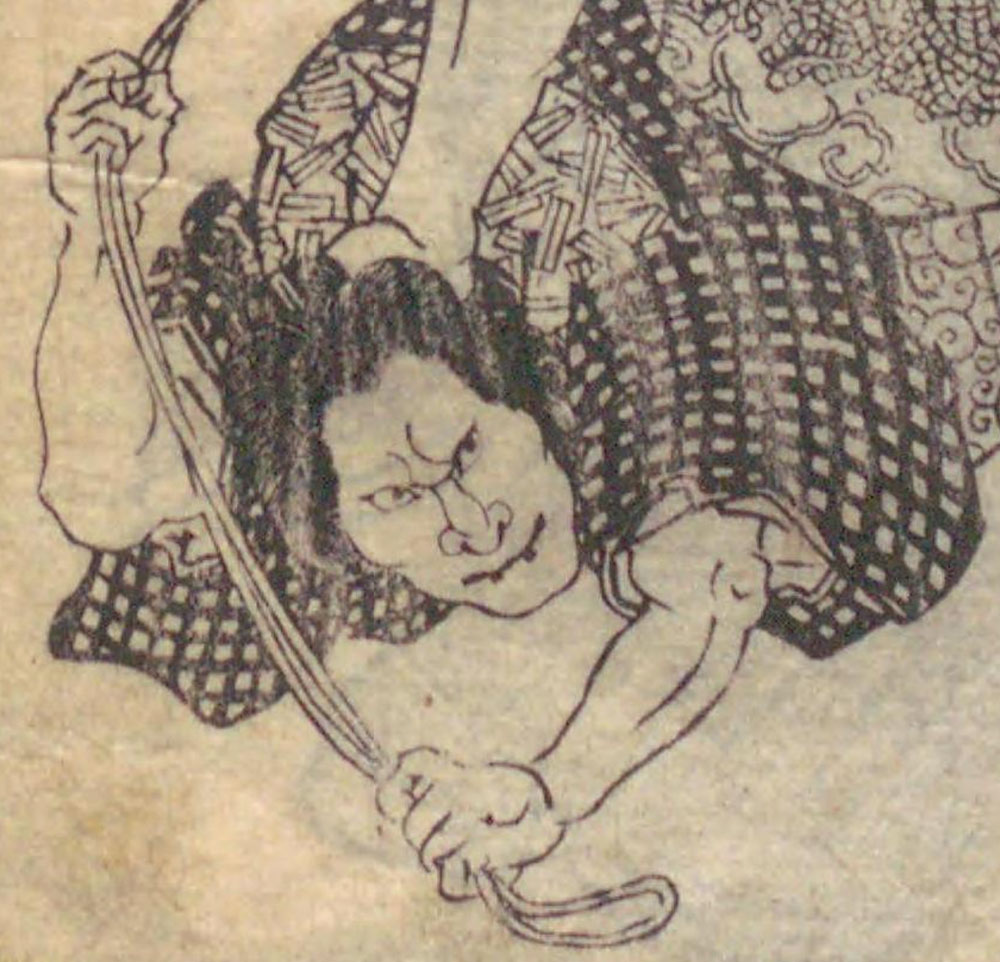
Image: Irohagura Suikoden, Part Two, 1849, 3v (detail). Courtesy of the National Diet Library, Tokyo.
Anger, Conflict, & Gender Bias in Japanese Art
- 3 June 2025
- 9:45am BST - 4:45pm BST
- Sainsbury Institute, 64 The Close, Norwich NR1 4DH
- https://www.sainsbury-institute.org/events/anger-conflict-gender-bias-in-japanese-art/
- 01603 597507
- sisjac@sainsbury-institute.org
- Tweet
Though often considered in a negative context, anger, conflict, and gender bias can serve as catalysts for positive action from religious devotion to commercial and creative ingenuity—while undesirable, they can instigate desirable change. Moreover, because anger, conflict, and gender bias occur as part of human societies and social interactions, ordinary and extraordinary, they therefore consistently inspire popular songs, myths, Buddhist tales, theatrical plays, fiction, and works of art.
This workshop takes as its subject manifestations of anger, conflict, and gender bias in the history of Japanese art, premodern and modern. Participants explore Buddhist objects, calligraphy, export ceramics, and printed illustrations with the aim of complicating the role played by wrath, discord, and/or discrimination based on gender in their compositions and/or their object biographies. Along the way, we encounter famed beauties, tragic histories, pirates, deep faith, and powerful supernatural beings.
In Japan and Ryukyu (present-day Okinawa), how are women, men, and supernatural figures who are enraged, embroiled in clashes, and/or facing prejudice based on gender represented in art? How did they facilitate the production and/or circulation of Japanese and Ryukyuan art? Are we to consider the depicted or underlying actions wicked? Or is there more to it? How did the gender, socio-economic status, religious beliefs, and political stance of viewers and consumers of the past affect their responses to manifestations of anger, conflict, and gender bias in Japanese art? What approaches will help twenty-first century enthusiasts best appreciate manifestations of anger, conflict, and gender bias in Japanese art?
The workshop is open to the public, but registration is required.
Programme:
Tuesday, 3 June
9:45am: Doors open, coffee & tea available
10am: Greetings & Logistics, Dr. Pauline Ayumi Ota, SISJAC
10:05am: Welcome, Prof. Simon Kaner, Executive Director, SISJAC
10:15am: Keynote Address + Q&A,
Prof. Sherry Fowler, University of Kansas
“Angry Bells, Dragons, and People: Stories of Japanese Temple Bells that Ring with Rage”
11:30am – 12:45pm: Lunch
12:45-2:30pm: Panel 1: Anger Management in the Art of Other Lands & Other Worlds
Chair: Prof. Sherry Fowler
Tanya Pei-fang Lee, “Raiders, Traders, or Allies? Reassessing Wakō Interactions with the Ryukyu Islands during the Gusuku Period”
Elodie Pascal, “Women Worshippers and Recollected Memories: Encapsulated Items for Salvation and Eternal Remembrance”
Dr. Gaynor Sekimori, “Apotheosis of a Priest: Ganzan Daishi”
2:30-2:45pm: Break
2:45-4:25pm: Panel 2: “Problems with Women”: Conflict & Gender Bias in Japanese Art
Chair: Prof. Toshio Watanabe
Matthew James, “Witchcraft and Femininity in Japanese Calligraphic Renderings of the Song of Everlasting Sorrow”
Frederick Feilden, “Difficult to Digest: The Treatment of Women in Irohagura Suikoden, a mid-19th-century yomihon-shōroku gōkan”
Dr. Pauline Ayumi Ota, “Wicked, Wronged, or Both? Printed Representations of Princess Takiyasha in Late Tokugawa Japan”
4:25pm: Closing Remarks & Thanks, Dr. Pauline Ayumi Ota, SISJAC
This Sainsbury Institute workshop is organised by Dr Pauline Ayumi Ota, Robert and Lisa Sainsbury Fellow 2024-2025. The event will be in person only and is open to the public, however, space is limited so if you’d like to attend, please email sisjac@sainsbury-institute.org as soon as possible. Please note that this event will not be recorded.
Image: Irohagura Suikoden, Part Two, 1849, 3v (detail). Courtesy of the National Diet Library, Tokyo.
